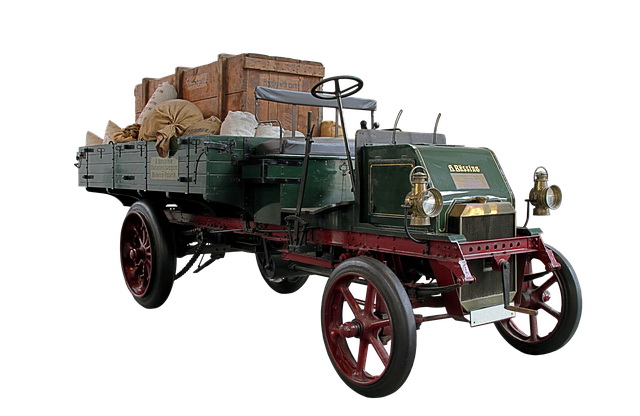“Learn how to navigate the process of registering your car in California seamlessly. This comprehensive guide breaks down each step, from understanding the Vehicle Identification Number (VIN) verification process—a key requirement for all registrations—to gathering essential documents and choosing the right registration type. We’ll also walk you through fee payment options and provide tips for submitting your application efficiently. Additionally, discover how to transfer ownership or update existing registration details.”
- Understanding the Vehicle Identification Number (VIN) Verification Process in California
- Gathering Necessary Documents for Car Registration
- Choosing an Appropriate Registration Type and Fee Payment
- Submitting Your Application and Waiting for Processing
- Steps to Transfer Ownership or Update Information on an Existing Registration
Understanding the Vehicle Identification Number (VIN) Verification Process in California

In California, understanding the Vehicle Identification Number (VIN) verification process is crucial for a smooth car registration. A VIN verifier, like a mobile VIN inspection service, plays a vital role in this procedure by ensuring the vehicle’s authenticity and history. This involves cross-referencing the unique 17-character VIN against state databases to check for any outstanding issues, such as theft, accidents, or unpaid taxes.
A mobile VIN verifier facilitates this process by offering on-site inspections, allowing you to verify your car’s details quickly and conveniently. Unlike traditional vin inspection methods that may require visiting a DMV office, a mobile service brings the verification process directly to you. This not only saves time but also provides an added layer of convenience, especially for folks with busy schedules or those who prefer a hassle-free experience.
Gathering Necessary Documents for Car Registration

Choosing an Appropriate Registration Type and Fee Payment

When registering your car in California, understanding the different registration types is key. Whether you’re a first-time buyer or renewing your current registration, knowing which category applies to you is crucial. Different vehicles have distinct requirements, so it’s essential to check if you qualify for any special programs that can reduce fees. For instance, classic cars or low-emission vehicles might be eligible for specific discounts.
The registration process involves fee payment, and the amount varies based on your vehicle’s type and age. Utilizing a mobile VIN verifier can simplify this step. These tools allow you to quickly access vehicle history reports, ensuring accuracy in your application. With just your car’s Vehicle Identification Number (VIN), you can perform a vin inspection online or through dedicated apps, making fee payment more efficient. This modern approach streamlines the traditional process, especially for mobile users who prefer digital solutions.
Submitting Your Application and Waiting for Processing

After completing your application for car registration, the next step is to submit it to the California Department of Motor Vehicles (DMV). This can be done online or in-person at a local DMV field office. Once submitted, the DMV will begin processing your application. During this time, they’ll verify essential information, including your vehicle’s identification number (VIN) using a VIN verifier to ensure the vehicle’s history is clear and it complies with all necessary standards.
For convenience, many individuals opt for a mobile VIN verification service, allowing them to complete this process remotely. This involves having a professional perform a thorough inspection of your vehicle, utilizing advanced technology to cross-reference the VIN against comprehensive databases, ensuring accuracy and peace of mind. The DMV will review the results before issuing your registration certificate, providing you with a seamless and efficient experience.
Steps to Transfer Ownership or Update Information on an Existing Registration

Transferring ownership or updating information on an existing vehicle registration in California involves several straightforward steps. First, gather all necessary documents, including the title, proof of insurance, and a valid driver’s license. Then, complete and submit Form MV-5, which is available online or at any California Department of Motor Vehicles (DMV) office.
For a seamless process, consider using a mobile vin verifier to quickly validate the vehicle’s identity by checking its unique Vehicle Identification Number (VIN). This ensures accuracy during registration updates, such as changing the registered owner or updating contact information. After submission, the DMV will process the request, and once approved, you’ll receive a new registration certificate reflecting the updated details, including a vin inspection that confirms vehicle authenticity.
Registering a car in California involves several steps, from VIN verification to document gathering and fee payment. By understanding the process and choosing the right registration type, you can ensure a smooth transition for your vehicle. Remember to keep all necessary documents updated and follow the guidelines provided by the California Department of Motor Vehicles (DMV) for a successful registration. Utilize a trusted VIN verifier to simplify the initial verification step and avoid any delays.



